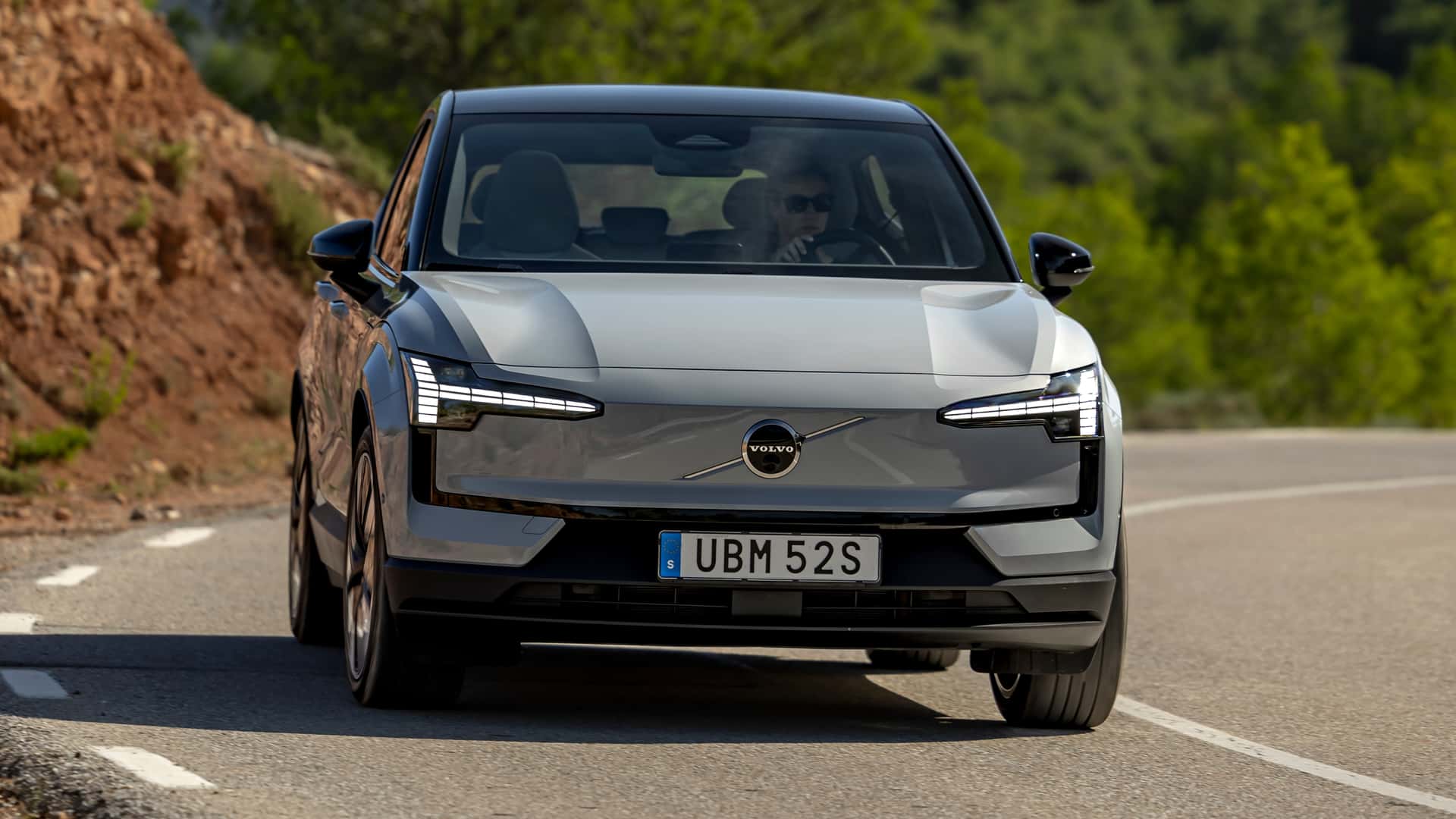Data from thousands of EVs shows the average daily driving distance is a small percentage of the EPA range of most EVs.
For years, range anxiety has been a major barrier to wider EV adoption in the U.S. It’s a common fear: imagine being in the middle of nowhere, with 5% juice remaining in your battery, and nowhere to charge. A nightmare nobody ever wants to experience, right? But a new study proves that in the real world, that’s a highly improbable scenario.
After analyzing information from 18,000 EVs across all 50 U.S. states, battery health and data start-up Recurrent found something we sort of knew but took for granted. The average distance Americans cover daily constitutes only a small percentage of what EVs are capable of covering thanks to modern-day battery and powertrain systems.
The study revealed that depending on the state, the average daily driving distance for EVs was between 20 and 45 miles, consuming only 8 to 16% of a battery’s EPA-rated range. Most EVs on sale today in the U.S. offer around 250 miles of range, and many models are capable of covering over 300 miles.



Hybrids have been out for over 20 years, and this simply isn’t an issue.
Furthermore, “a problem that doesn’t exist for 99%” is false because this article is just talking about averages. When you look at the average mileage driven per state, it ranges from 9,900 miles to over 24,000 miles per year. There is no one size fits all solution. Would you rather someone drive an old Suburban 100 miles per day or a Prius prime 100 miles per day? It’s that simple. These people aren’t going to buy a BEV until the segment is nearly ubiquitous, if ever.